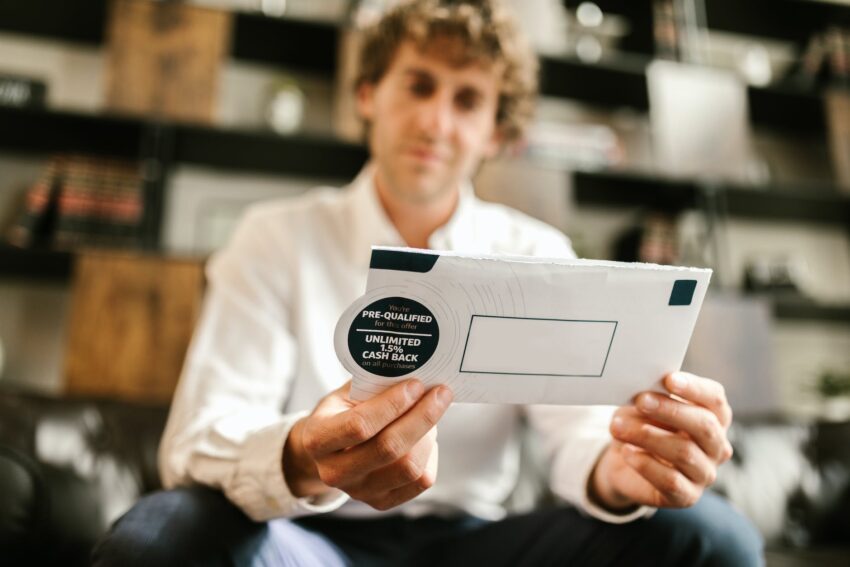“Microdosing of psychedelics,” a concept which was once relegated to the fringes of experimental therapy, is rapidly making its way into mainstream conversations. This innovative practice involves the consumption of small, often sub-perceptual, doses of substances such as LSD (lysergic acid diethylamide) and psilocybin, the primary psychoactive component in certain species of mushrooms.
Individuals who adhere to a microdosing schedule often report heightened creativity, increased focus and improved mood, among other potential benefits. Microdosing has thus progressed from a controversial idea into a practicable component of personal growth and emotional health management strategies. However, it’s crucial to get a grasp of what microdosing truly involves, especially concerning microdosing LSD and microdosing psilocybin.
Firstly, it’s worth noting that microdosing is not about achieving a hallucinogenic high. It’s about utilizing compounds to bring about subtle positive changes to mental well-being, cognition, and creativity. Given the negligible dosage, it’s not likely to perceive significant alterations in consciousness, but instead, notice a gentle uplift in mindset and cognitive prowess—a welcome shift for many users.
The benefits of microdosing psychedelics are garnering increasing scientific interest. A growing body of evidence suggests that microdosing can help alleviate symptoms of depression, anxiety, PTSD, and even conditions like migraines. Some also report an increase in social connectedness and an overall improvement in quality of life.
Microdosing LSD, in particular, has been hailed as a productivity hack, with several Silicon Valley entrepreneurs incorporating it into their routines. However, despite the anecdotal proof, more extensive scientific research is needed to corroborate these claims, determine optimal dosages, and understand potential side effects.
In the case of psilocybin, often referred to as ‘magic mushrooms’, the potential for therapeutic use is gaining greater recognition. Microdosing psilocybin, like LSD, generally involves ingesting approximately one-tenth to one-twentieth of a typical recreational dose. The expectation is not to induce a psychedelic trip, but rather to enhance cognition, creativity, and emotional openness.
The touted microdosing for creativity is one of the key attractors to this practice. Namely, in a study published in the journal Psychopharmacology, it was found that microdosing psychedelics can engender divergent thinking and mental flexibility. These cognitive features are closely associated with creative thinking and problem-solving abilities, which are highly valued skills in our fast-paced, innovation-driven world.
Creating a microdosing regimen that works for you involves fine-tuning and patience. Influential figures like Dr. James Fadiman recommend a simple schedule, like dosing every third day, to avoid building up tolerance. Nonetheless, it’s essential to consult a healthcare professional or a trusted, well-informed source to guide you safely.
It’s vital to bear in mind that while microdosing has shown promise in various spheres, it’s still a relatively new field of study, and these substances remain illegal in many jurisdictions. Therefore, individuals interested in microdosing must tread with caution by staying informed about the legal status, potential health effects, and necessary precautions associated with these substances.
Microdosing, while not a panacea, represents an intriguing paradigm shift in how we approach mental wellness and intellectual optimization. While further research unfolds, the prospect of microdosing as a tool for cognitive improvement and emotional healing remains an exciting frontier.
With a reason for the growing popularity, the microdosing phenomenon challenges us to explore novel strategies for self-improvement. As we delve deeper into understanding ourselves and our consciousness, microdosing presents an opportunity to redefine our relationship with psychedelics. It moves us toward an era where we leverage these substances not only for recreational use but as potential catalysts for holistic growth and personal development.
